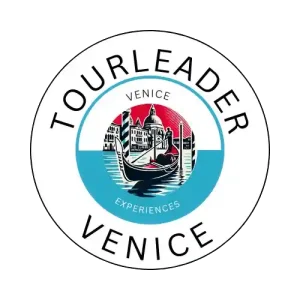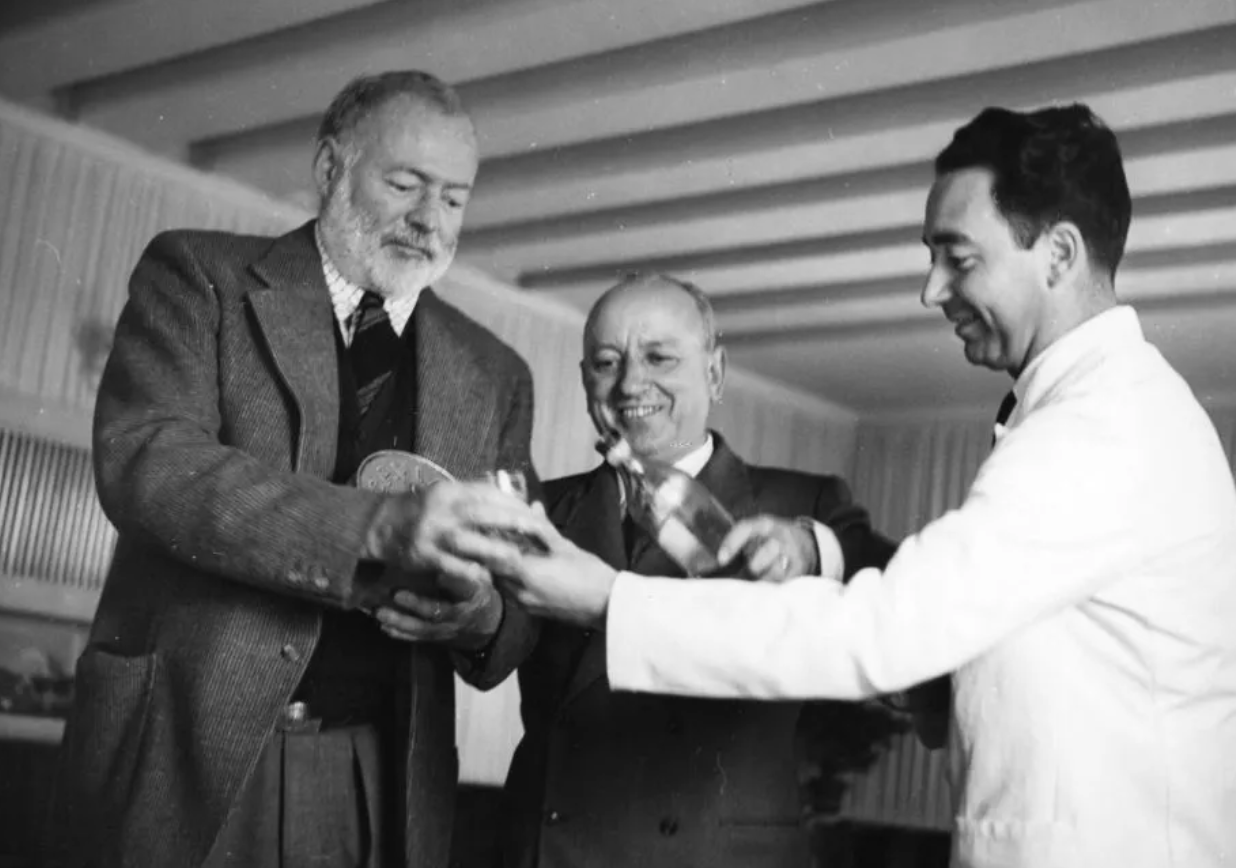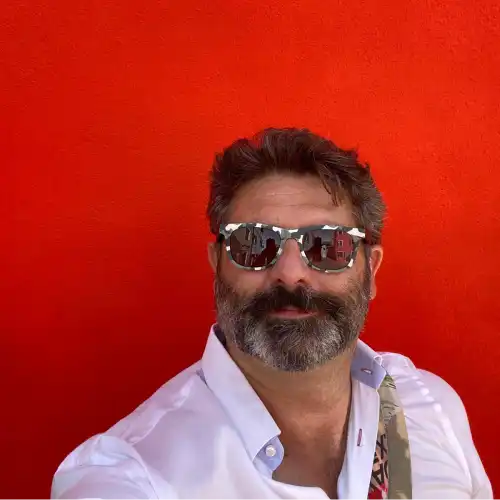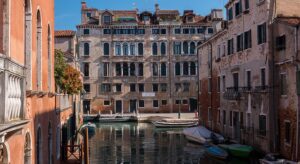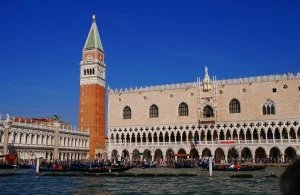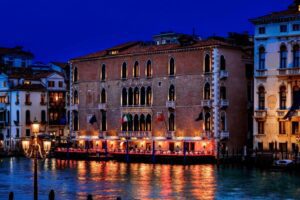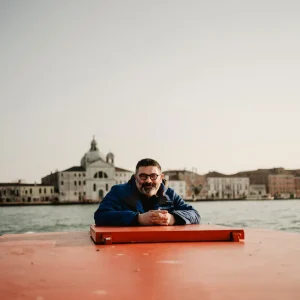Papa Hemingway in the Veneto — Following the Writer’s Footsteps Through Venice, Torcello, and Beyond
Few American writers have ever lived as fiercely — or as fully — as Ernest Hemingway. Soldier, journalist, fisherman, big-game hunter, drinker, and Nobel Prize–winning author — he wasn’t just a man; he was a myth in motion. Yet behind the bravado and the mythmaking, there was always the search for something quieter: peace, purpose, and belonging.
Most readers know Hemingway’s Paris, his Cuba, his Key West. But fewer know his deep love for Venice and the Veneto region — the place where a teenage ambulance driver once bled by the Piave River, and decades later, a world-famous writer came back to heal.
From the canals of Venice to the silent marshes of Torcello, from the wooden bridge of Bassano del Grappa to the vineyards of Treviso and the banks of the Piave River — Hemingway’s spirit still lingers in the Veneto. You can follow his trail, sip what he sipped, and stand where he stood. This is the story of how Papa Hemingway found himself again — in the heart of northern Italy.
🍸 Hemingway in Venice — Bars, Canals, and Inspiration
When Hemingway arrived in Venice in 1948, he wasn’t chasing fame. He already had it. What he wanted was escape — a place to rest after the emotional exhaustion of postwar Europe. Venice gave him exactly that: beauty without judgment, light without noise, and just enough adventure to stir the imagination.
Harry’s Bar and the Bellini
Just steps from St. Mark’s Square, Harry’s Bar was already a Venetian legend. Founded by Giuseppe Cipriani, it was known for its discreet elegance, its white-jacketed bartenders, and its signature invention: the Bellini — peach purée mixed with cold Prosecco. Hemingway quickly made it his headquarters.
Here he drank in peace, surrounded by aristocrats, artists, and fellow wanderers. He became part of the bar’s mythology, immortalizing it in Across the River and Into the Trees (1950), his Venetian novel of aging, memory, and desire. Today, sitting at the same counter with a Bellini in hand, you can still feel his presence in the air — half legend, half man.
Venice as a Muse
For Hemingway, Venice was a paradox: dazzling yet melancholic, romantic yet detached — a perfect mirror for the themes that obsessed him. The lagoon’s shifting light and reflective water gave him new language for emotion. He called Venice “the world’s most civilized city” — and meant it.
He also rediscovered his boyhood passions here. He fished and hunted in the outer lagoon, navigating between marshes and sandbanks that reminded him of northern Michigan. The silence between gunshots and the flight of birds gave him something he hadn’t felt in years: calm.
👉 Experience Venice through Hemingway’s eyes on a Private Lagoon Boat Tour
🌾 Torcello — The Quiet Island That Healed a Restless Soul
Venice dazzled him; Torcello restored him. This small, ancient island — once the mother of Venice — became Hemingway’s refuge from fame. When the city’s elegance grew suffocating, he crossed the lagoon by boat to find silence among reeds and ruins.
Locanda Cipriani — Hemingway’s Hideaway
On Torcello, Hemingway stayed at Locanda Cipriani, a rustic inn founded by the same Cipriani family who owned Harry’s Bar. Its flower-filled garden, wooden beams, and homely cooking offered the simplicity he craved. Inside, his photographs still hang on the walls; outside, the tables still look out toward the ancient basilica of Santa Maria Assunta.
He dined on risotto di gò (made with tiny lagoon goby fish), roasted wild duck, and local wine. To him, Torcello was “an island of peace and memories,” a place where time slowed and stories could breathe.
Hunting, Reflection, and Renewal
Most mornings, Hemingway set off with guides into the marshes, duck gun in hand. He wasn’t chasing trophies — he was chasing quiet. The stillness of dawn, the sight of wild birds over the lagoon, the rhythm of oars in shallow water — this was his therapy.
Later, he’d wander through Torcello’s Byzantine mosaics, seeing in their gold light the endurance of Venice itself. Even his melancholy found rest here.
👉 Combine Venetian cuisine, wine, and island exploration — a true Hemingway experience
🥃 Bassano del Grappa — Between War, Memory, and Spirit
Before Hemingway the writer, there was Hemingway the wounded soldier. In 1918, at just 18 years old, he volunteered for the Red Cross and was stationed near the Piave front, not far from Bassano del Grappa. When a mortar exploded near Fossalta di Piave, he was severely injured — shrapnel tore through his leg, and only sheer willpower kept him alive.
The Town of Memory
After the war, Bassano became a place of remembrance for him — the symbolic bridge between youth and loss. The town’s iconic Ponte degli Alpini, designed by Palladio and spanning the Brenta River, stood as a monument to courage. Hemingway crossed it many times, recalling fallen friends and his own near-death.
This trauma would later form the heart of A Farewell to Arms (1929), his novel of love and war, much of which unfolds in the Veneto landscape.
The Spirit of Grappa
Bassano is also the birthplace of grappa — Italy’s fiery pomace brandy. Distilleries like Nardini and Poli have stood for centuries at the foot of the bridge. Hemingway, famously fond of strong drink, called grappa “liquid courage.” He saw in its sharpness the essence of northern Italy: bold, unpretentious, alive.
Today, you can visit the same distilleries, raise a glass by the Brenta, and toast to Hemingway’s Veneto years.
👉 Explore Bassano and the Veneto’s great wine and spirit routes with Tour Leader Venice
🍷 Treviso — Elegance, Prosecco, and Quiet Joy
If Venice was spectacle and Bassano memory, Treviso was Hemingway’s serenity. This small city — all frescoed palaces, cobblestone streets, and canals — offered him the Venetian charm without the commotion. It was a place to eat, drink, and simply be.
The Taste of Treviso
Hemingway adored good food, and Treviso delivered. Here he discovered radicchio rosso di Treviso — grilled, baked into risotto, or simply dressed with olive oil — and the sparkling wine of the hills above: Prosecco.
In Hemingway’s time, Prosecco was still a local secret. Today, those same rolling vineyards form the Prosecco Hills, a UNESCO World Heritage Site celebrated for its beauty and craftsmanship.
He’d visit local osterie, chatting with farmers and painters, always curious, always observant. Treviso gave him something few cities could — privacy with refinement.
👉 Discover Treviso’s authentic food and wine culture with our private Veneto experiences
🏞️ Noventa di Piave — The River That Changed Everything
Every hero has a battlefield; Hemingway’s was near Fossalta di Piave, close to Noventa di Piave. It was here, on a summer night in 1918, that his legend began.
The Wound That Shaped a Writer
Carrying chocolate and cigarettes to Italian soldiers, he was hit by mortar fire. Despite being gravely wounded, he carried another injured man to safety. For his bravery, he received Italy’s Silver Medal of Valor. He was 18 years old.
The experience left both physical and emotional scars — scars that would later bleed onto the pages of A Farewell to Arms. He once said, “The world breaks everyone, and afterward, many are strong in the broken places.” The Piave was his breaking point — and his rebirth.
The Return to the Piave
Decades later, he came back. He stayed in nearby villas, fished in the river, and visited locals who still remembered the war. To him, the Piave was sacred ground — not for heroism, but for healing.
Today, Noventa di Piave may be known for its outlet village, but step beyond the boutiques and you’ll find tranquil riverbanks and fields that still whisper the stories of 1918.
🗺️ Following Hemingway’s Veneto — A Literary Journey for Modern Travelers
For lovers of literature, food, and authentic travel, Hemingway’s Veneto offers a journey unlike any other — where every stop blends story, scenery, and soul. Here’s how to follow in his footsteps:
- Venice: Sip a Bellini at Harry’s Bar, stroll along the Riva degli Schiavoni, and picture the melancholy romance of Across the River and Into the Trees.
- Torcello: Visit Locanda Cipriani, admire the mosaics of Santa Maria Assunta, and listen to the wind in the reeds.
- Bassano del Grappa: Walk across the Ponte degli Alpini, tour the Nardini Distillery, and feel the echoes of A Farewell to Arms.
- Treviso: Taste radicchio and Prosecco in its elegant osterie, just as Hemingway once did.
- Noventa di Piave: Visit the river that shaped his life — the Piave, where bravery met destiny.
👉 Create your own Hemingway-inspired itinerary with Tour Leader Venice
📚 Conclusion — Hemingway’s Veneto Legacy
Hemingway’s time in the Veneto was not a detour — it was a return. Here, he rediscovered his youth, his passions, and his peace. Venice gave him glamour, Torcello gave him solitude, Bassano gave him memory, Treviso gave him refinement, and Noventa di Piave gave him history.
To trace his footsteps is to explore more than a travel route — it’s to enter the emotional geography of one of the 20th century’s greatest writers. You taste the same grappa, see the same sunsets, and understand what he meant when he wrote: “The best way to find out if you can trust somebody is to trust them.”
Raise a Bellini at Harry’s Bar. Order a duck risotto in Torcello. Sip grappa in Bassano, Prosecco in Treviso, and stand by the Piave at dusk. Because to follow Hemingway’s Veneto is to rediscover the art of living — fully, fiercely, and beautifully.
❓ FAQs — Papa Hemingway in the Veneto
Where did Ernest Hemingway stay during his time in Venice?
Hemingway stayed at Locanda Cipriani on the quiet island of Torcello, a rustic inn surrounded by gardens and vineyards. It became his favorite refuge — a place to write, rest, and dine on Venetian classics like risotto di gò and wild duck. The same family who owned Harry’s Bar in Venice ran the inn, and you can still visit today to experience Hemingway’s world of simple elegance.
What inspired Hemingway in the Veneto region?
The Veneto gave Hemingway everything he loved: adventure, solitude, and authenticity. He fished and hunted in the Venetian Lagoon, wrote about love and loss along the Piave River, and found peace in the quiet countryside around Treviso and Bassano del Grappa. The region’s landscapes and people inspired scenes from A Farewell to Arms and Across the River and Into the Trees.
Can I follow Hemingway’s trail in Venice and the Veneto today?
Absolutely. With Tour Leader Venice, you can retrace his steps — from sipping a Bellini at Harry’s Bar to visiting Torcello, Bassano del Grappa, and the Piave River where he served in World War I. Our Venice Sunset Tour on a Traditional Bragozzo Boat and Prosecco Hills & Veneto Day Trips offer the perfect way to experience Hemingway’s Veneto — a journey through history, wine, and timeless storytelling.
